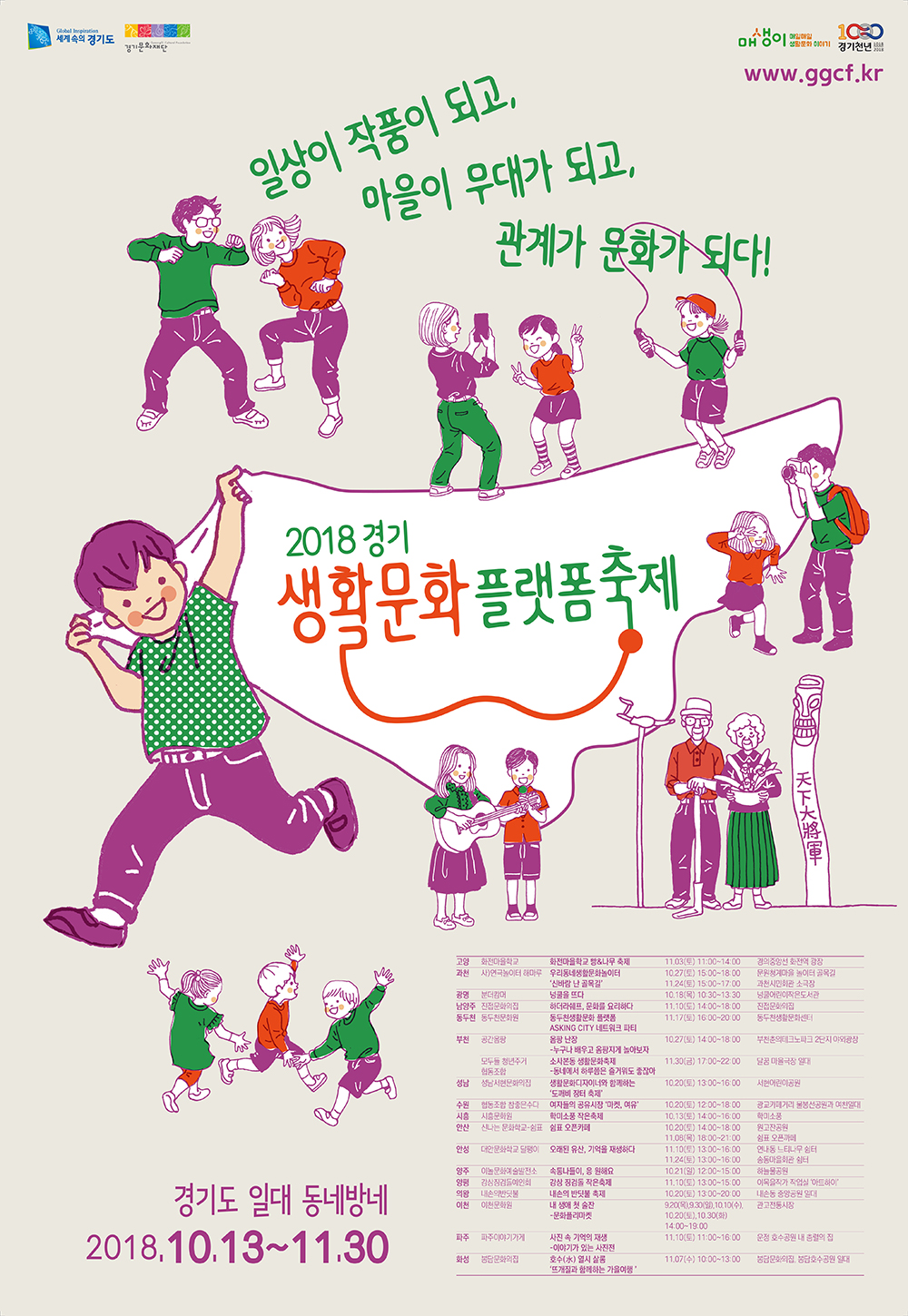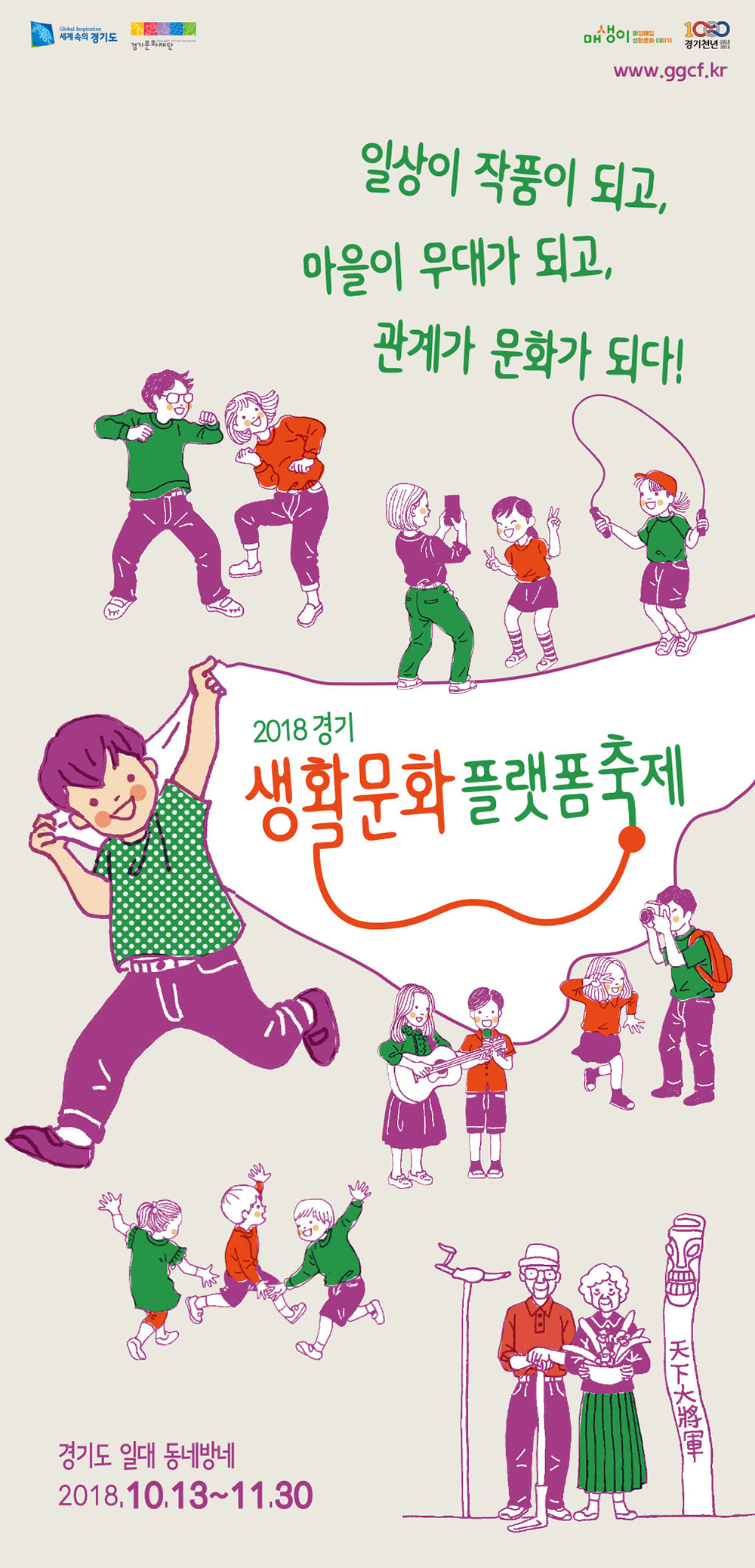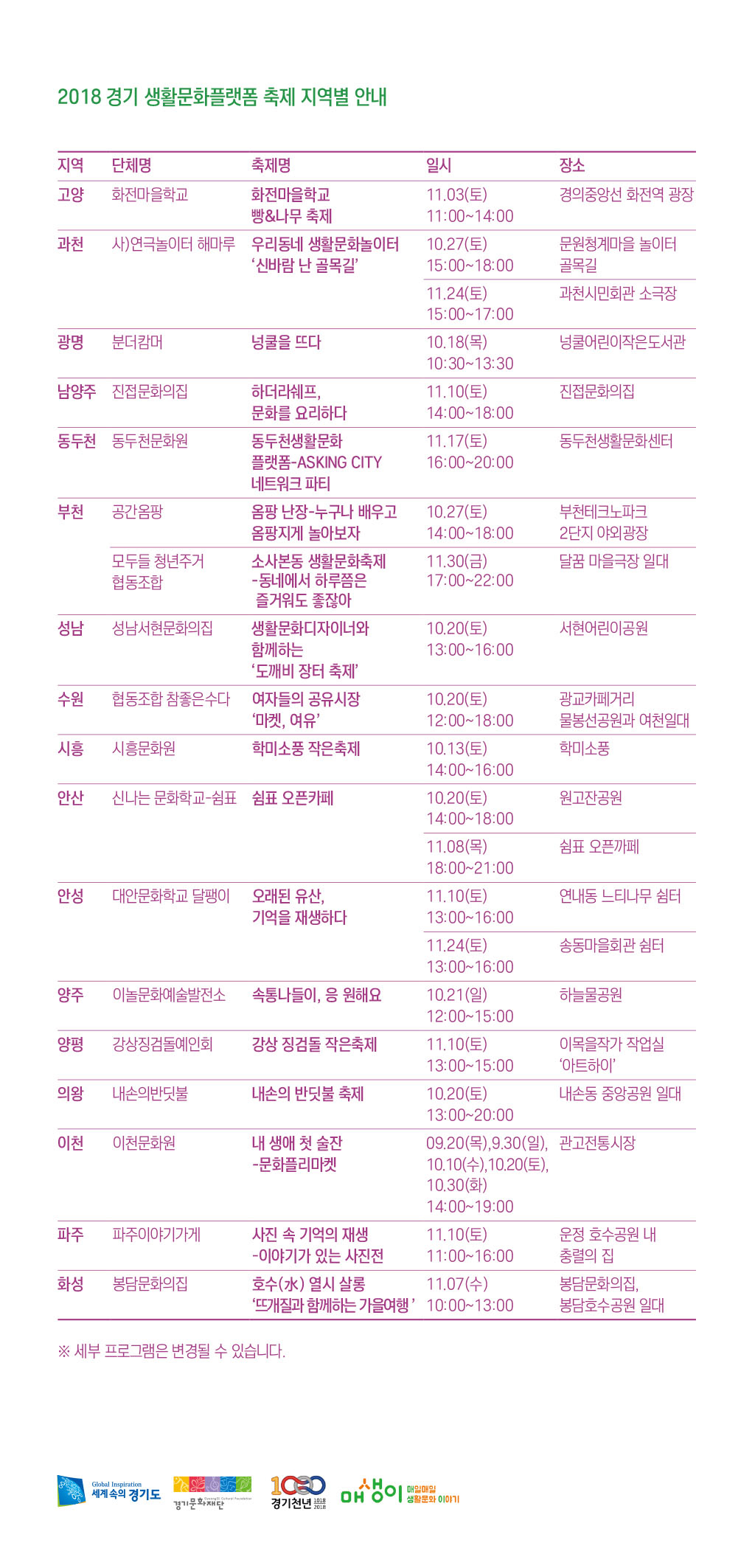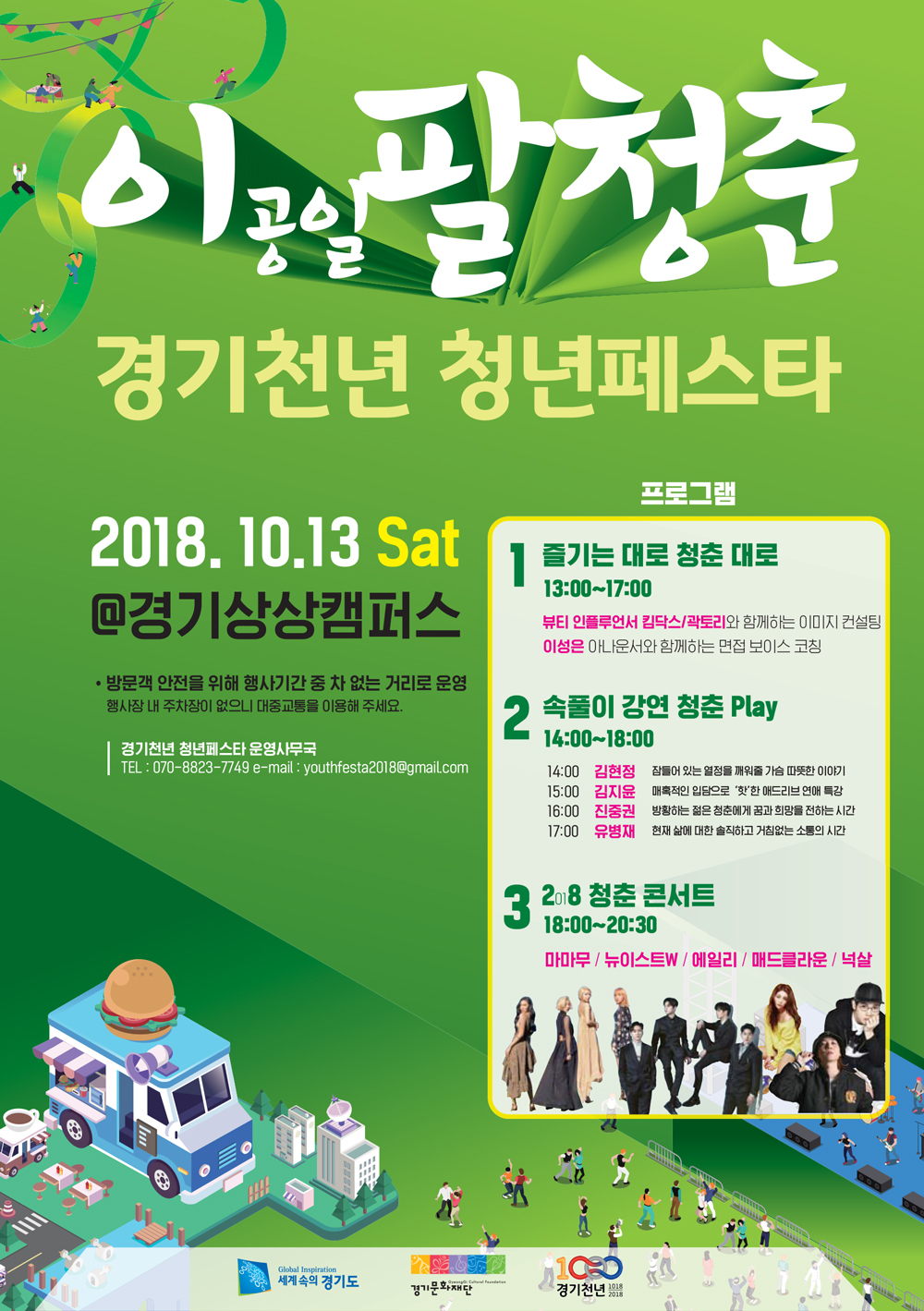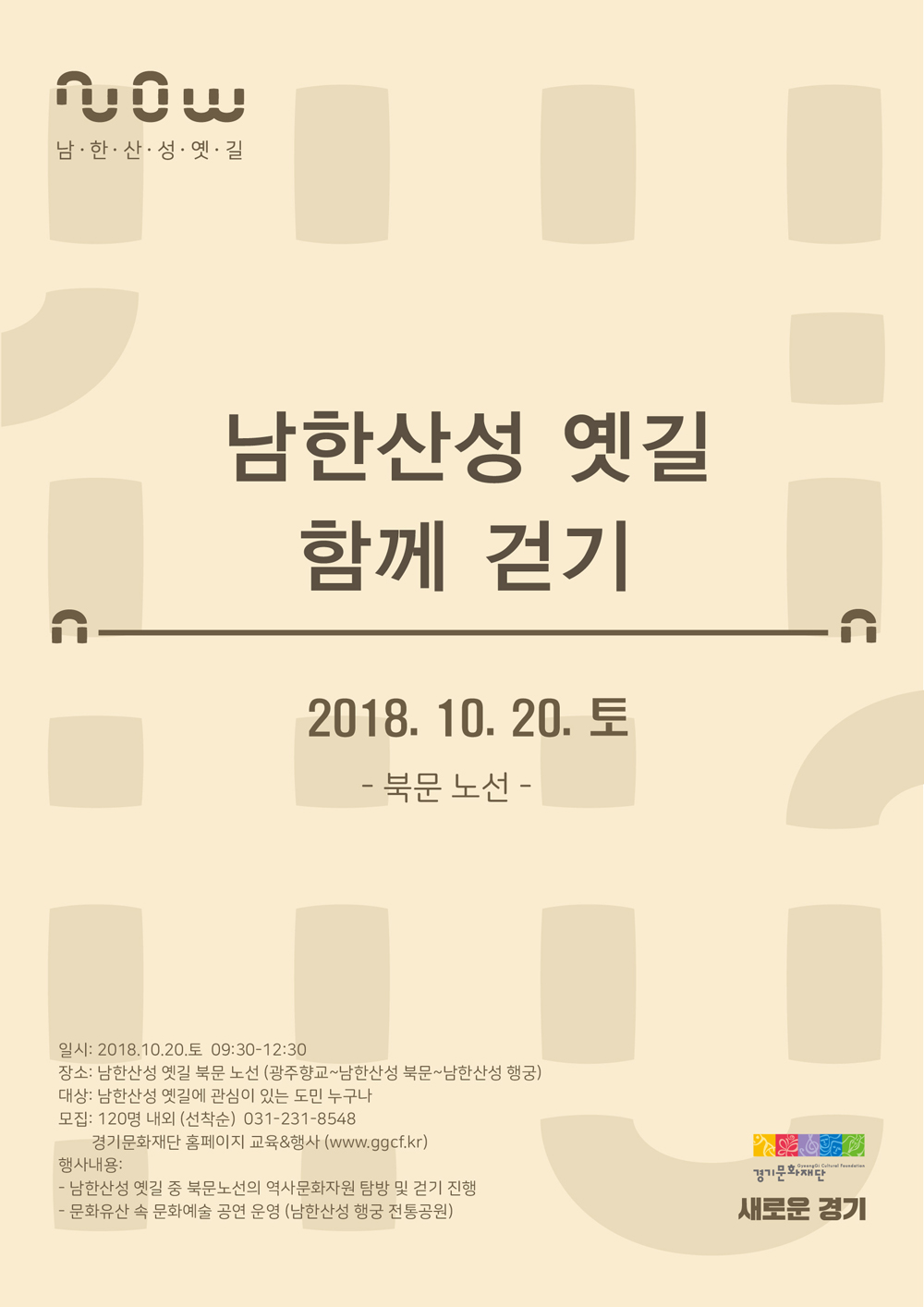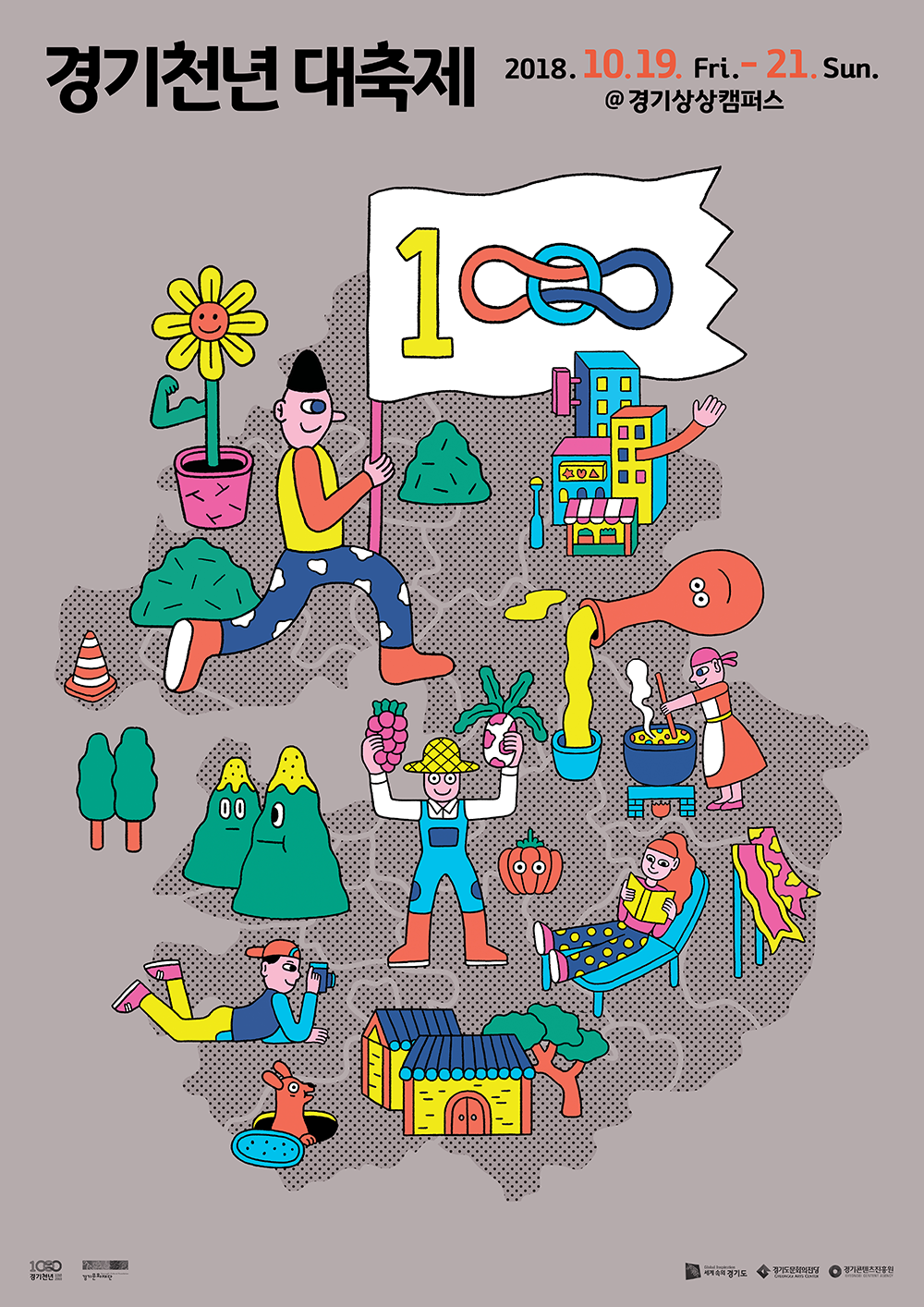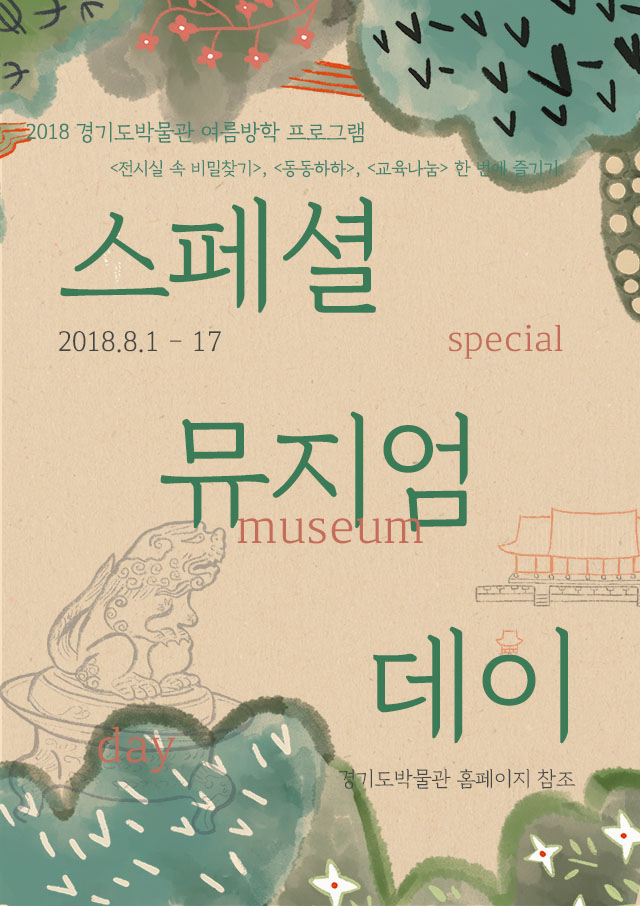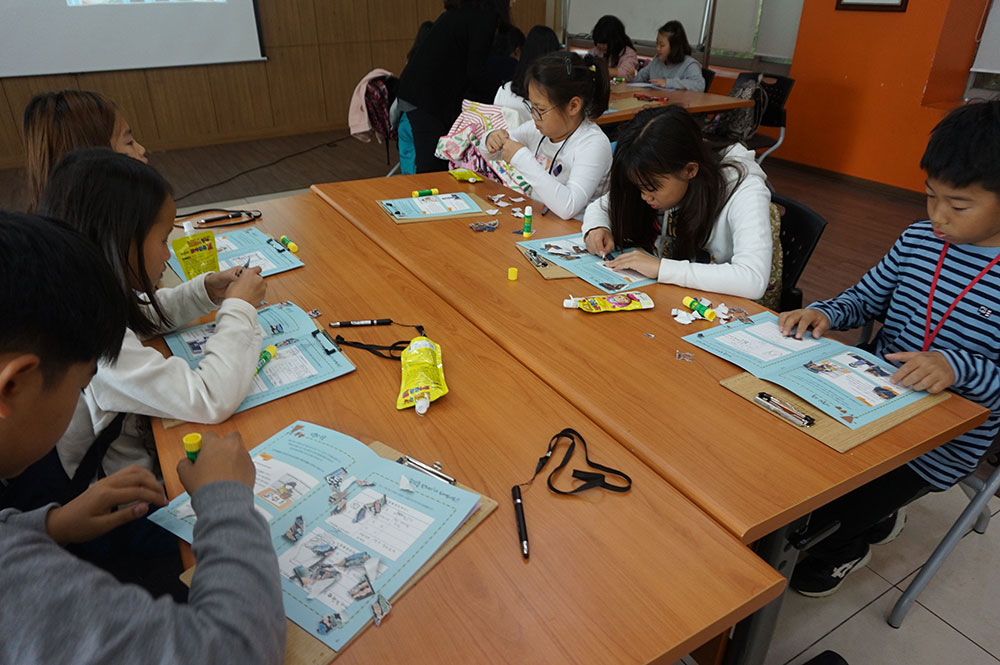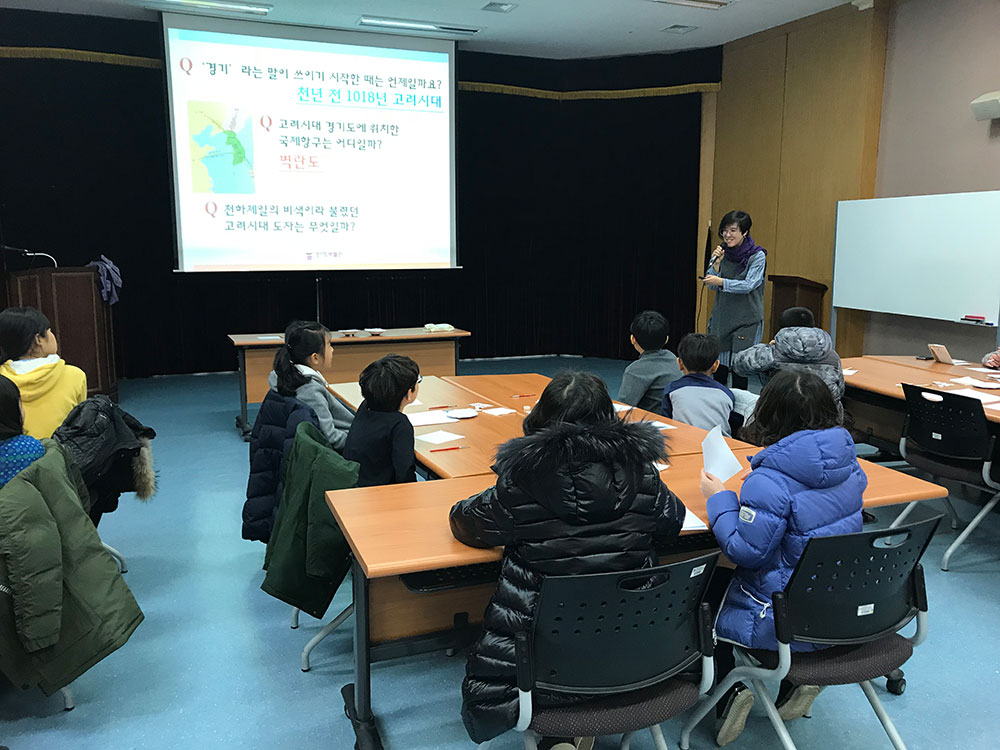
Trevor Paglen was born in the US in 1974. He studied art at the Art Institute of Chicago and earned a doctor’s degree in geography at the University of California, Berkeley. As a media artist and geographer, he has worked on interpreting the invisible infrastructures of technopower, from drone operations to Internet surveillance. His works have been exhibited at the Van Abbemuseum (Netherlands), Frankfurt Art Association (Germany), Metropolitan Museum of Art (US), San Francisco Museum of Modern Art (US) and Tate Modern (UK). He is also the author of five books about geography, national classified information, photography and the visual arts. In 2014, he won the pioneer prize awarded by the Electronic Frontier Foundation.
One of the Selection Committee members, Jin Suk Suh, director of Nam June Paik Art Center, introduced the artist as follows;
“From the photography to video and installation, Trevor Paglen has blurred artistic boundaries while focusing on structuring and interpreting what is invisible: politics, society, cultural surveillance and technopower. The artist has made himself visible by using and operating the concepts of drone and artificial intelligence in order to unveil what is invisible in our society. As a scholar who studied geography, he is also excellent at maintaining objective perspectives in science and geography and at suggesting a future vision. Rather than belonging to the nature of the mediums he uses, Paglen puts more emphasis on structuring and interpreting contemporary phenomena. His work makes use of diverse mediums, paying attention to what is unfamiliar in the world we live in. At the same time, it intentionally blurs the boundaries between social science technology, which carefully interprets such unfamiliarity, and numerous other academic disciplines. We commend the efforts and artistic spirit that he has demonstrated through his creative activities.”
※ The artist’s official website
Visit the website
This is how the Nam June Paik Art Center Prize works. First of all, a nomination committee composed of ten members recommends ten nominees, with each member recommending one artist. Next, five jurors select one artist or team among the ten nominees. The nomination committee of the Nam June Paik Art Center Prize 2018 was composed of the following members:
– Sung-won Kim (exhibition director at Asia Culture Center / professor at the plastic arts department of KAIST)
– Hae-ju Kim (Deputy director of Art Sonje Center)
– Tobias Berger, artistic director of Tai Kwun in Hong Kong)
– Alexie-Glass Kantor (director of Artspace in Australia)
– Mark Hansen (director of literary & cultural studies at Duke University in the US / media critic)
– Philipp Ziegler (chief curator at ZKM Center for Art and Media in Germany)
– Omar Kholief (independent curator / curator of the 14th Sharjah Biennial / critic)
– Hiromi Kurosawa (chief curator at 21st Century Museum of Contemporary Art, Kanazawa)
– Curation team at Nam June Paik Art Center
They nominated ten artists in diverse fields: visual arts, performance, video, sound and video sculpture. The jury was composed of the following members:
– Hong-hee Kim (former director of Seoul Museum of Art)
– Jin-seok Seo (director of Nam June Paik Art Center)
– Jonathan Watkins (director of Ikon Gallery in Birmingham, UK)
– Mami Kataoka (head of the curation team at Mori Art Museum in Tokyo, Japan)
– Inke Arns (artistic director of Hartware MedienKunstVerein in Dortmund, Germany)











